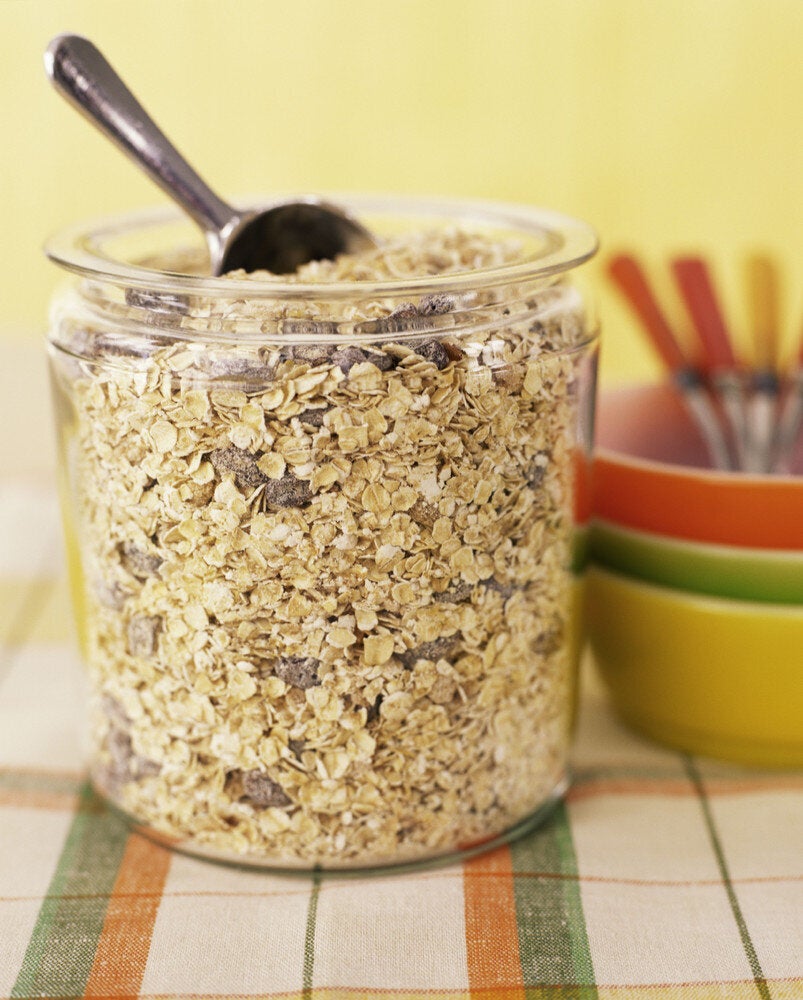As a dietitian, I'm often posed nutrition and fitness questions by my clients, friends and family. It usually starts out something like this: "Did you know my massage therapist suggests I don't eat ripe bananas -- what do you think?" This free and mainly confusing advice from non-food and nutrition experts and often the media makes my role as a communicator both interesting and challenging at times. Let's explore the top three subjects I'm frequently asked about, in order to set the record straight on some common questions.
Should I avoid eating fructose?
There isn't a week that goes by without a misleading story on sugar. Simply put, we need carbohydrates in our diet to provide our bodies and brains with energy -- and carbohydrates include sugars. Fructose is a sugar found naturally in fruits (including bananas), fruit juices, some vegetables, agave syrup and honey. Fructose is also a basic component in table sugar (sucrose), and high-fructose corn syrup at roughly the same percentage in both. People who have fructose intolerance should limit these foods. However, for healthy individuals this ingredient can be included as part of a balanced diet.
For healthy populations, research published in the February issue of Current Opinion in Lipidology shows that when portion sizes and calories are the same, fructose does not cause any more harm than glucose. Dr. John Sievenpiper, the lead researcher explains, "We found no benefit in replacing fructose with glucose in commercially prepared foods. We found it behaves no differently than glucose or refined starches. It is only when you consume excess calories in the form of fructose that you see a signal for harm but no more harm than if you consume excess calories as glucose."
Ultimately, for a sensible nutrition strategy and weight management, focus on the portion sizes and total excess calories, rather than on an individual ingredient.
What is the best time to exercise?
Exercise is about action and this is where I hear excuses to avoid implementation. Whether you start the day with a power walk or you prefer to squeeze in a workout after a stressful day at the office, it's a given that exercising at any point is always better than being a sofa ornament.
That said, there are times during the day that pose a physiological advantage. Research has shown that when adults work out in the morning, they slept longer and had deeper sleep cycles than those who exercised later in the day or at night. Sleep is an important recovery for our bodies and brains, so keep this in mind as you are planning your fitness strategy.
Effort equal results when it comes to exercising, so pick the time when you know you will exercise. For example, I'm a morning person and like to work out then. It's important to also remember lifestyle activity during the day. If you sit on the job, standing for five minutes every 30 minutes is an achievable daily goal.
When you have the exercise time that works best with your body and schedule, don't forget about nutrition to fuel that exercise. It is ideal to exercise on full muscle energy (known as glycogen stores) but not immediately after eating. Recovery fuel is recommended within 30 minutes post workout. In the morning before you've eaten your body is forced to utilize its fat stores for energy. Remember to give yourself some fuel for the morning exercise, but also keep it light. So try half a banana 20 minutes before you workout.
How can I fit enough fruits and vegetables into my diet?
Getting the recommended seven to 10 servings of fruits and vegetables per day can seem overwhelming. However, there are delicious and simple ways to include these nutrient-dense, low-calorie meals and snacks into your regime.
First, keep in mind that smoothies are a great way to get extra fruits into the day. Throw in a banana, berries and mango for a tasty treat that can even be taken with you on the go. Next, after shopping, wash and chop the vegetables, then store them in the fridge. Having them ready to go can make all the difference. When it's time to put a meal together you'll be able to grab your pre-prepped veggies and use them in your recipe, such as an entree spinach salad with carrots, peppers, plus tomatoes and avocados (both technically fruits!).
Lastly, aim to begin five meals a week with vegetables first, rather than meat, and build the mealtime around them. Stir-fry a variety of veggies, for example mushrooms, onions, broccoli and bok choy then place over rice or quinoa and top with a small portion of fish or chicken garnished with sliced almonds. Remember, that same veggie combination can be added to an omelette for another simple, delicious meal.
ALSO ON HUFFPOST:
